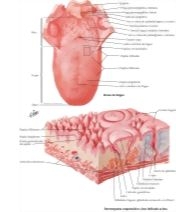Around 10 to 30 percent
.
Trusted Source of people have anxiety and concerns about pain with dental
procedures. Anxiety can delay getting treatment and that can make the
problem worse.
Anesthetics have been around for over 175 years! In fact, the first
recorded procedure with an anesthetic was done in 1846 using ether.
We’ve come a long way since then, and anesthetics are an important tool in
helping patients feel comfortable during dental procedures.With lots of different options available, anesthesia can be confusing. We
break it down so you’ll feel more confident before your next dental
appointment.










